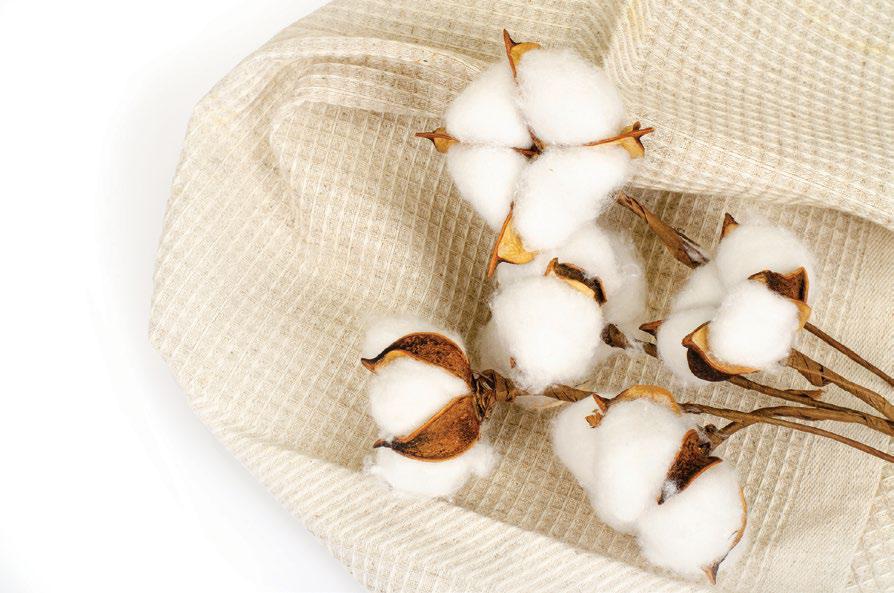Coral Jasmine
The coral jasmine or night-flowering jasmine (Nyctanthes arbour-tristis) is a highly versatile plant that is cultivated in tropical and subtropical regions all over the world as an ornamental and medicinal one.
Though native to the sub-tropical Himalayan regions of India and Nepal, coral jasmine is found throughout India and South-East Asian countries like Thailand, Malaysia and Indonesia. The tree holds special significance in Hindu mythology as it is believed to have made its appearance along with nectar when the ocean was churned by the devas and asuras. It's Sanskrit name, parijata, means 'descended from the sea'. It is regarded in Hindu mythology as a wish-fulfilling tree.
A popular story from the puranas(ancient texts) goes that Krishna had brought the Parijat tree from Devaloka (heaven), gifted to his wife Satyabhama, who had insisted on having this tree in her garden. It was cleverly planted by Krishna at the end of Satyabhama's garden so that all the flowers fell in Rukmini's garden so both his queens were satisfied.
The tree has fragrant flowers, which are offered in worship and strung into garlands. The coral jasmine is also prized for its many medicinal uses.
The tree is a small deciduous one growing to a height of 30 feet, with rough, flaky greyish bark. The leaves are opposite, about 4 inches long and 3 inches broad, dark green on their upper surface and light green and hairy beneath. The flowers which grow in clusters of two to seven, have a white corolla with five to eight lobes and a bright orange-red centre. They blossom in the evening, filling the air with a strong fragrance and fall off at daybreak. The fruit is a round or heart-shaped brown capsule, 2cm in diameter with two lobes, each containing a single seed. All the parts of the coral jasmine tree have been used by traditional and folk systems of medicine since time immemorial, to treat a wide range of ailments. Ayurvedic physician Sushruta prescribed a mixture of parijata bark, boiled with rice gruel and rock salt, for application in the eyes to treat various eye disorders. The bark, boiled with dry ginger and long pepper, is consumed for two days to cure malaria. About five grams of the bark are eaten with betel nut and betel leaf to get relief from too much of phlegm.
The juice of the leaves, mixed with a little sugar is given to children to expel intestinal worms. The fresh leaf juice, mixed with honey is given for the treatment of chronic fever. A paste of the leaves with a little black pepper is swallowed with water to treat cough and cold. A decoction of the leaves is prescribed as a remedy for sciatica.
A paste of the crushed leaves is used for external application to treat piles. A medicated oil is prepared by boiling the fresh leaves in mustard oil, is applied for skin problems. A decoction of the flowers is taken, up to a week, for gout. A paste made of the crushed seeds is applied to the scalp to halt hair fall and to obtain relief from lice.
The corolla tubes of the flowers yield a bright yellow-orange dye. This was used in the past to dye the robes of Buddhist monks. Coral jasmine essential oil is fragrant. It is an ingredient in the making of perfumes.


















